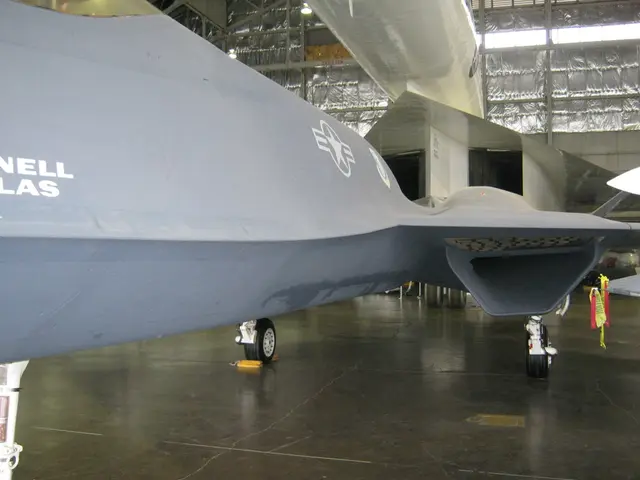The essentials of operational technology and why it's under threat detailed here.
In today's interconnected world, the importance of operational technology (OT) cybersecurity has never been more critical. OT, a crucial component in sectors like energy, manufacturing, transportation, utilities, and more, powers physical machinery and ensures the smooth running of critical operations.
Historically, OT systems were air-gapped, shielded from potential cyber threats. However, with the advent of IP network connectivity, these systems have become exposed to cybersecurity risks. The digital transformation of OT and IT systems, while increasing efficiency, has also introduced new vulnerabilities.
The boundary between IT and OT is becoming increasingly blurred, making visibility and oversight of OT devices essential. Attackers can misuse legitimate OT protocols to cause physical damage, underscoring the need for robust OT cybersecurity measures.
A strategy for strengthening OT cybersecurity includes network segmentation, enhancing ICS/OT visibility, adopting zero trust architectures, deploying unidirectional gateways, integrating security and automation, leveraging threat intelligence, prioritizing OT-specific controls, utilising AI for context-aware threat detection, and employing digital twins for safe simulation of OT responses.
The Fortinet 2024 State of OT and Cybersecurity Report highlights the organisations that have achieved the highest level of OT cybersecurity maturity. These companies have consolidated OT security under the Chief Information Security Officer (CISO), with mature organisations reporting significantly fewer security incidents and demonstrating advanced security practices, particularly in the manufacturing sector where 65% of the most mature companies had no incidents.
In the energy sector, OT manages the generation and distribution of electricity and gas, optimising loads and responding to demand in real-time. In utilities, SCADA systems monitor and control water flow, treatment chemicals, and infrastructure integrity. In transportation, OT manages logistics, safety systems, and scheduling in railway systems, airports, and public transit networks. In manufacturing, OT automates production processes, monitors equipment status, and ensures consistent quality.
However, traditional security measures like antivirus software or automated patch management tools often can't be applied to OT systems without risking operational disruption. Hybrid deployments, which combine on-premises and cloud-based resources, are becoming more common in OT. Yet, organisations are cautious about migrating mission-critical systems like SCADA to the cloud.
Despite increased awareness and investment, many organisations are still underprepared for OT security challenges. The threat landscape is evolving rapidly, with a 39% increase in cyberattacks impacting OT systems between 2023 and 2024. Phishing and business email compromise are the most common intrusion methods for OT systems.
The consequences of operational outages due to cyber intrusions extend beyond downtime, with organisations also experiencing degradation in brand awareness, revenue-impacting outages, and loss of business-critical data or IP. The threat to human safety, particularly in relation to critical national infrastructure (CNI), is a major concern in OT cybersecurity.
As digital transformation efforts gain momentum, organisations must deploy proactive, not reactive, strategies to secure their OT environments. The future of OT security lies in embracing advanced technologies and integrating OT cybersecurity into central operations, with responsibility assigned to senior leadership. Organisations that prioritise OT cybersecurity will be better equipped to navigate the evolving threat landscape and protect their critical operations.
Read also:
- Railway line in Bavaria threatened by unstable slope - extensive construction site at risk
- Wind Farm Controversy on the Boundary of Laois and Kilkenny
- Delaware's contentious offshore wind project faces uncertainty as the Trump administration reverses course on clean energy initiatives.
- Karma Automotive Presents New Models at Quail: Ivara, Kaveya, and SDVA Event Debut








